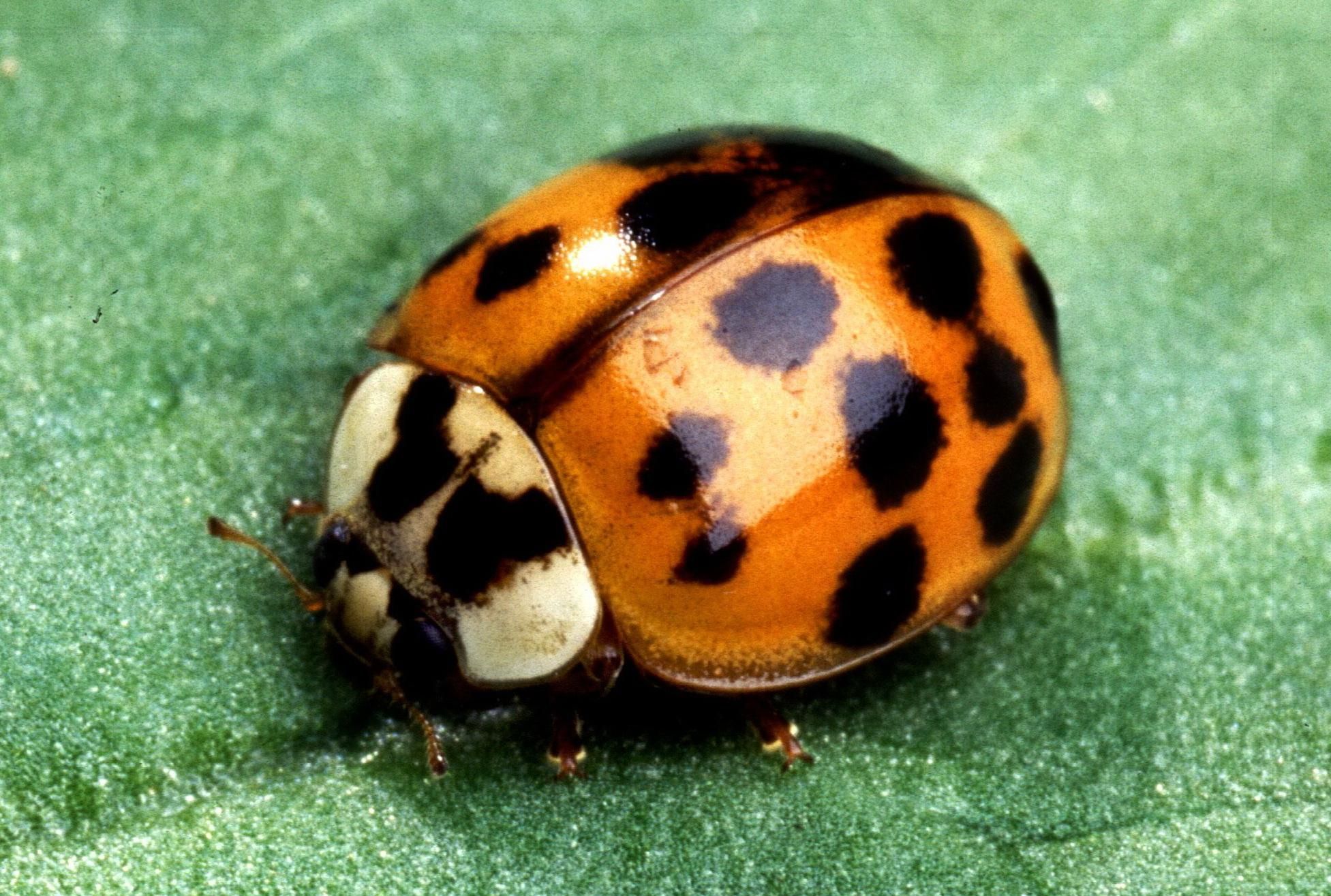Viruses are master parasites with incredible adaptability, and some, like arboviruses, use insects as vectors to spread their infections to animals and humans. 🌍 Understanding how these viruses move through insects can open the door to new strategies for stopping diseases like Zika, dengue, and West Nile virus. 🔬💡
A Breakthrough Study 🧑🔬🧫
In a new study published in the Journal of Virology, researchers have unlocked some of the clever tactics viruses use to move through insects. 🦟 They used fruit flies as a model to trace the movement of proteins from two viruses—one that infects only insects and another that can infect both insects and other animals, including humans.

Viral GPS? 🧬🗺️
Turns out, viral proteins have their own version of GPS! 🧑🏫 As these viral proteins move through the insect gut and salivary glands, they position themselves perfectly to either exit the insect’s body or infect a new animal host.

For example:
- In the insect gut, viral proteins positioned themselves at the bottom of cells to exit into the insect’s body.
- In the salivary glands, proteins from the virus capable of infecting humans moved to the top of cells—ideal for spreading the virus via the insect’s saliva into a new host. 💧🤒
This precise movement is critical for the viruses’ survival, allowing them to spread efficiently through the insect and ultimately infect another species. 🦠➡️🧑🦰
How Do They Do It? 🔑🔬
Researchers found that these proteins’ movements are controlled by amino acid sequence signals encoded within the proteins themselves. 🧬 These signals are recognized by the insect’s protein transport systems, which then direct the proteins to the right locations.
This hijacking of the insect’s cellular machinery could be a key target for disrupting the virus’ life cycle. By blocking the viral proteins’ ability to reach their intended destinations (like the salivary glands), we could potentially stop the virus from spreading. 🛑🦟

Why It Matters 🌍✨
According to Nicolas Buchon, co-lead author of the study, this research highlights the incredible evolutionary arms race between viruses and their hosts. By understanding these mechanisms, we could develop innovative ways to control insect-borne diseases, benefiting both public health and agriculture. 🏥🌱
With this new knowledge, scientists are exploring ways to block viral movement, offering promising solutions for future disease control. 🌟
More info: Journal of Virology DOI: 10.1128/jvi.00540-24
🧐 Stay tuned for more insights into how viruses adapt and spread through biological systems!
